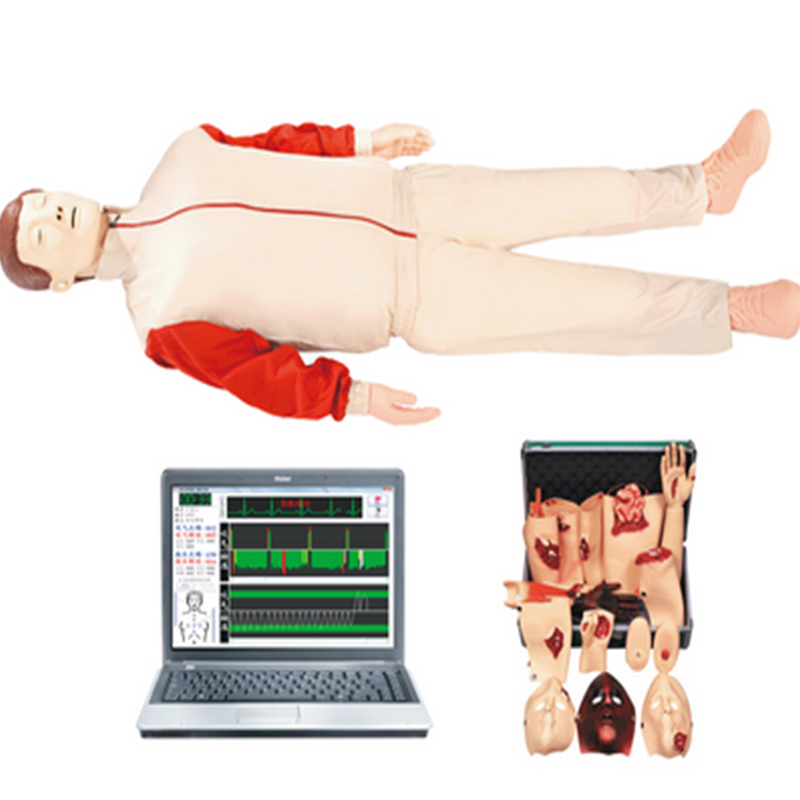In modern medical education, cardiopulmonary resuscitation and trauma simulators have become indispensable teaching tools. They not only provide students and medical staff with realistic first aid simulation experience, but also effectively help combat response from simulation training.

First, cardiopulmonary resuscitation and trauma simulators can simulate real first aid scenarios. Through advanced scientific and technological means, these simulators can simulate the physiological response of the human body in emergency situations, such as cardiac arrest, respiratory arrest, bleeding and so on. In this simulated environment, students can experience the real first aid atmosphere and learn the correct first aid skills.
Second, SIMS can provide immediate feedback and evaluation. In the simulation training, students can observe the physiological changes of simulated people in real time, and adjust their first aid measures according to these changes. At the same time, simulators can record the process of the trainees and provide immediate feedback and evaluation. In this way, students can correct their mistakes in time and constantly improve their first aid skills.
More importantly, cardiopulmonary resuscitation and trauma simulators can help students establish the right first aid thinking. In the simulation training, students need to quickly judge the condition, choose the right first aid measures, and remain calm and focused in a tense atmosphere. Such training can not only improve the skill level of students, but also cultivate their psychological quality and teamwork ability.
From simulation to reality, cardiopulmonary resuscitation and trauma simulators play an important role in actual combat. Through the simulation training, the students can master the basic skills of cardiopulmonary resuscitation and trauma first aid, and respond to various emergencies quickly and effectively in actual combat. In addition, simulators can provide medical personnel with psychological adjustment and preparation before actual combat, helping them better adapt to the working environment in emergency situations.
In short, cardiopulmonary resuscitation and trauma simulators are very valuable teaching tools, which help combat from simulation training and inject new vitality into modern medical education. In the future, with the continuous progress of science and technology and the continuous improvement of simulation technology, it is believed that simulation will play a more important role in first aid education.
